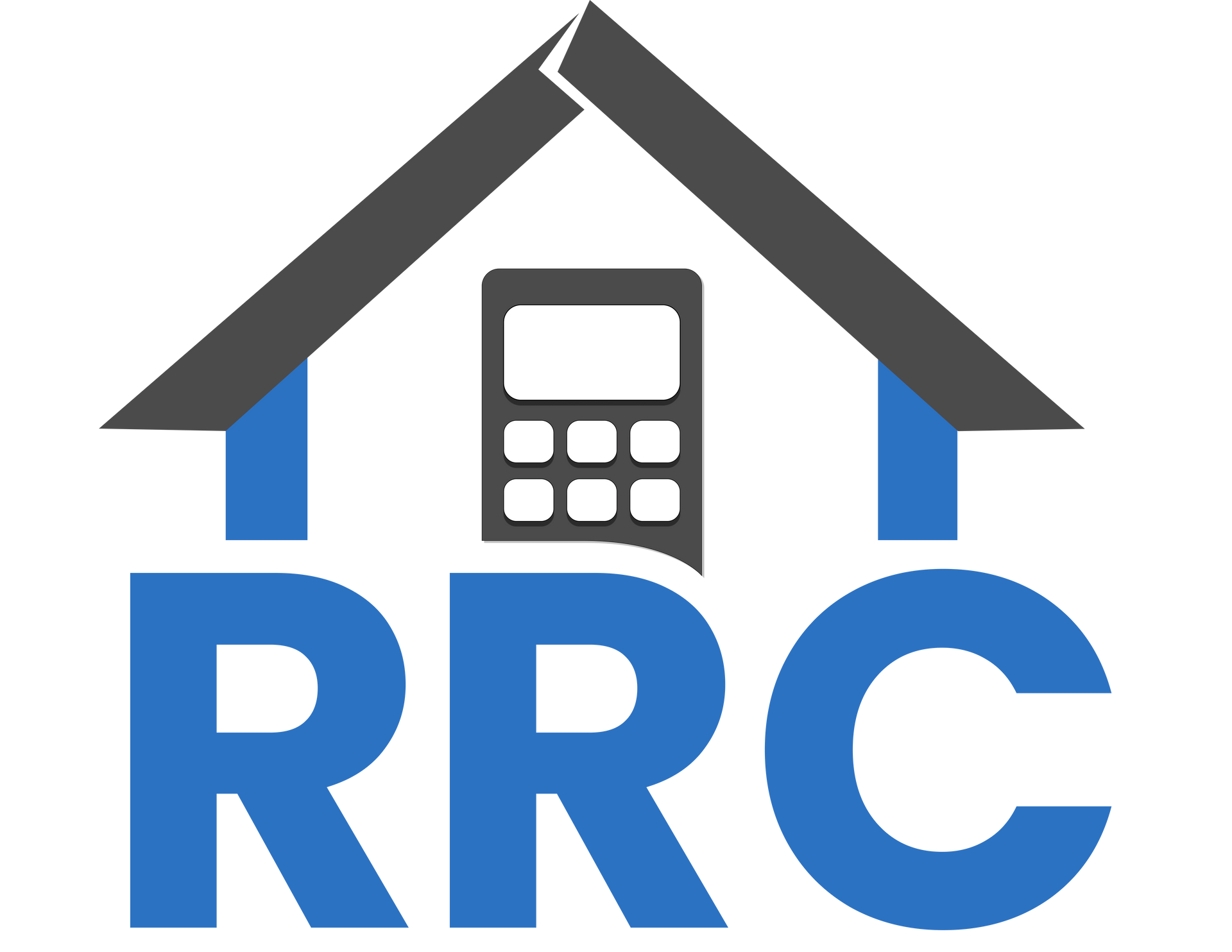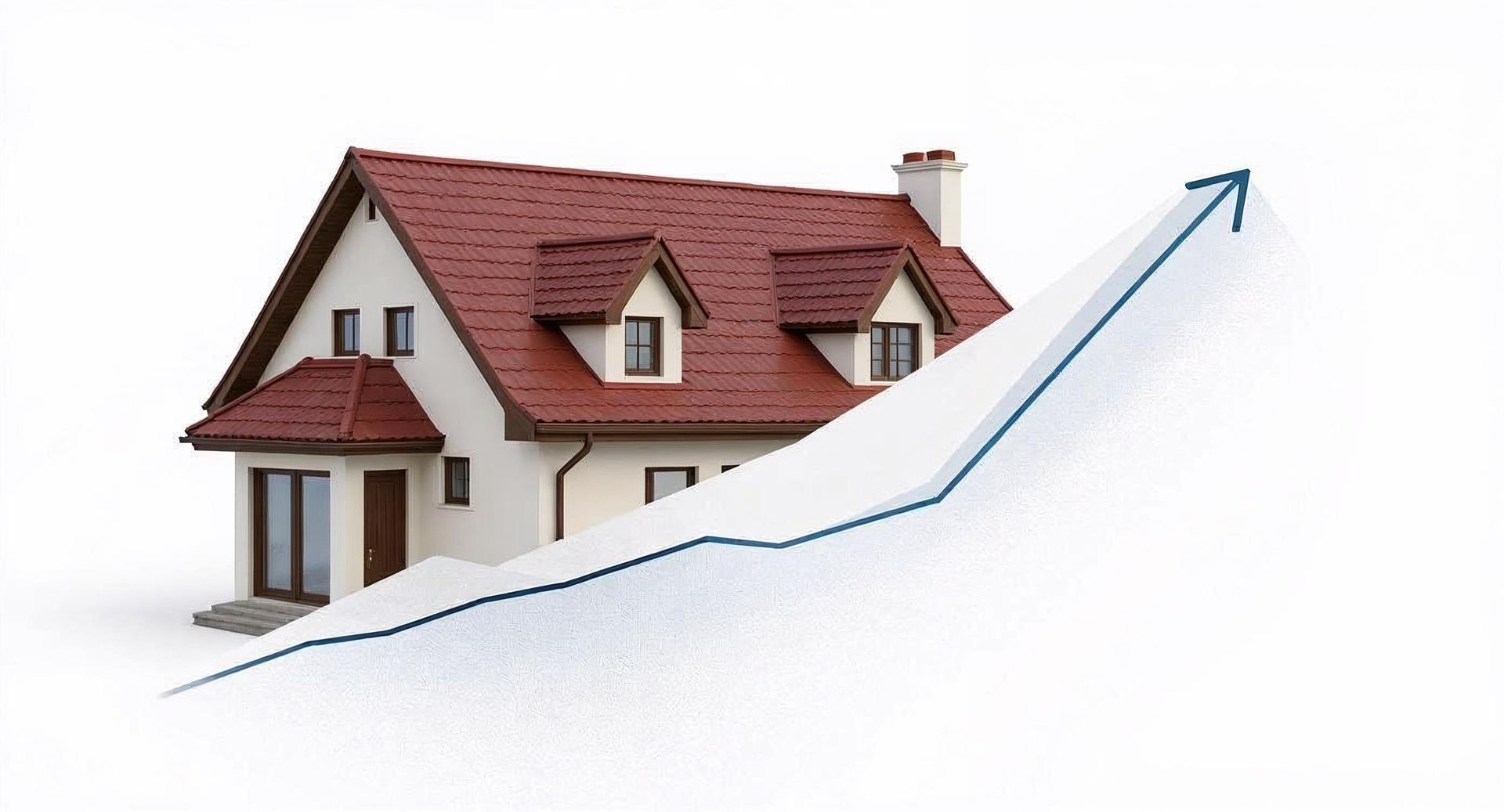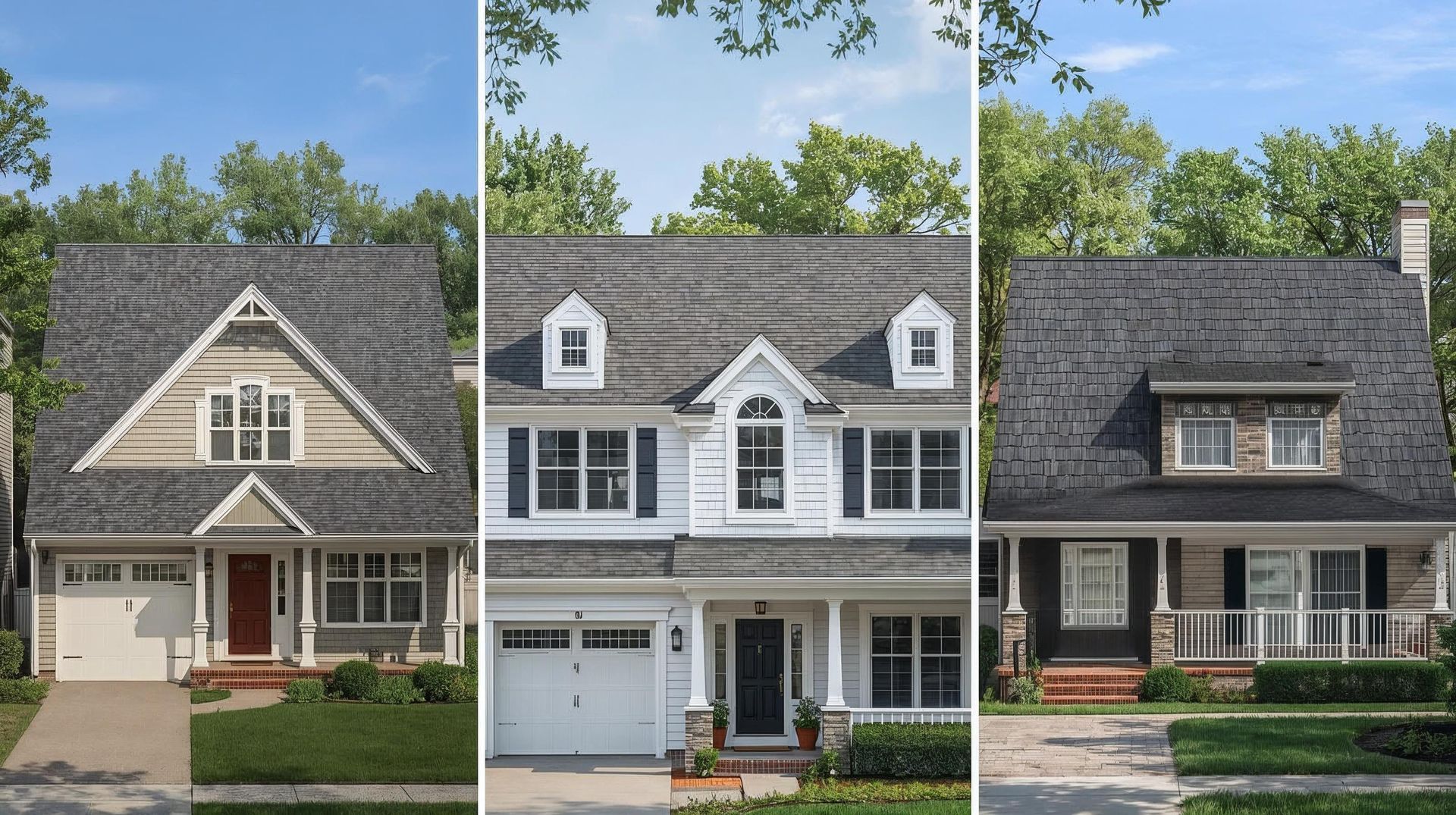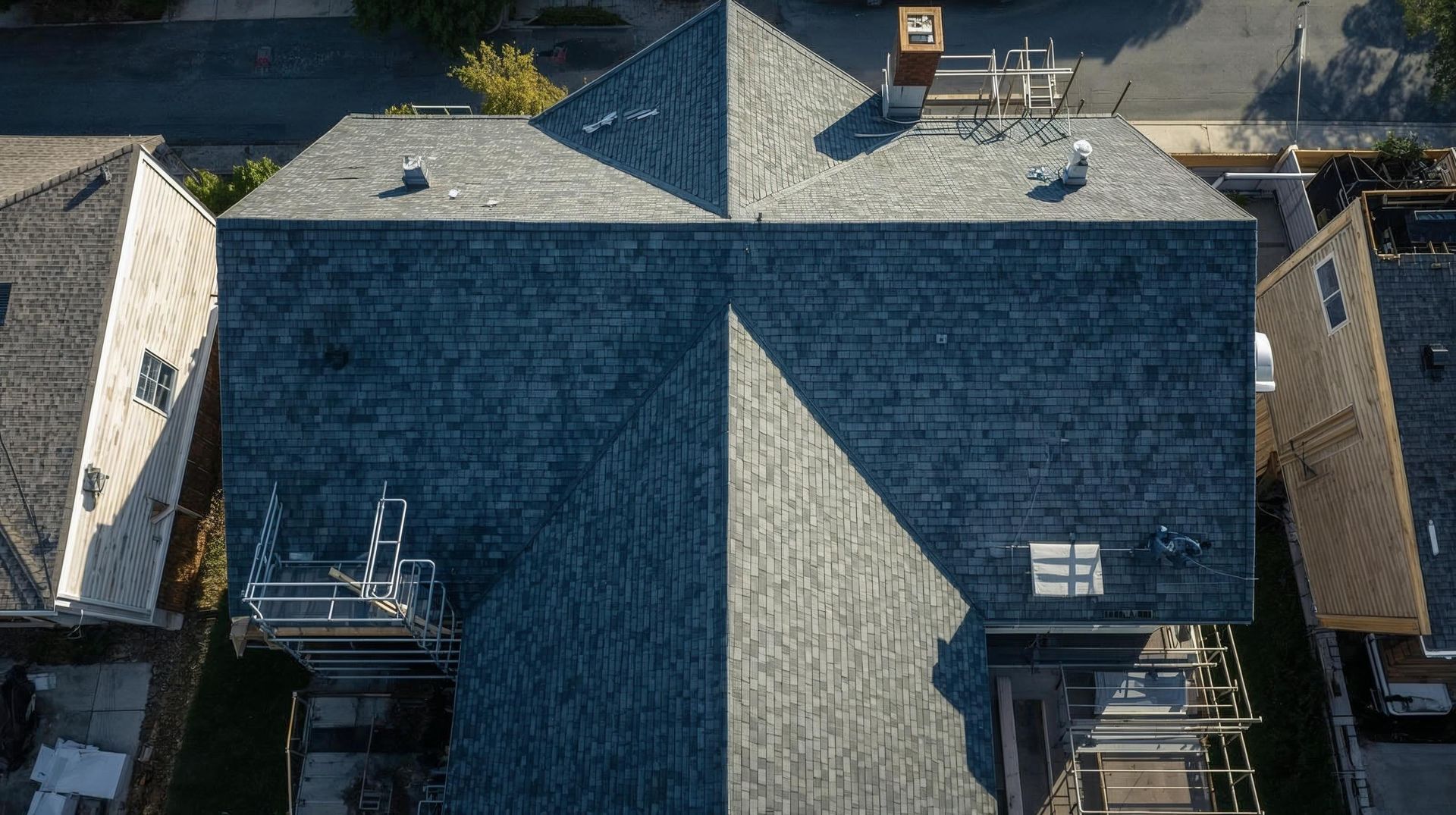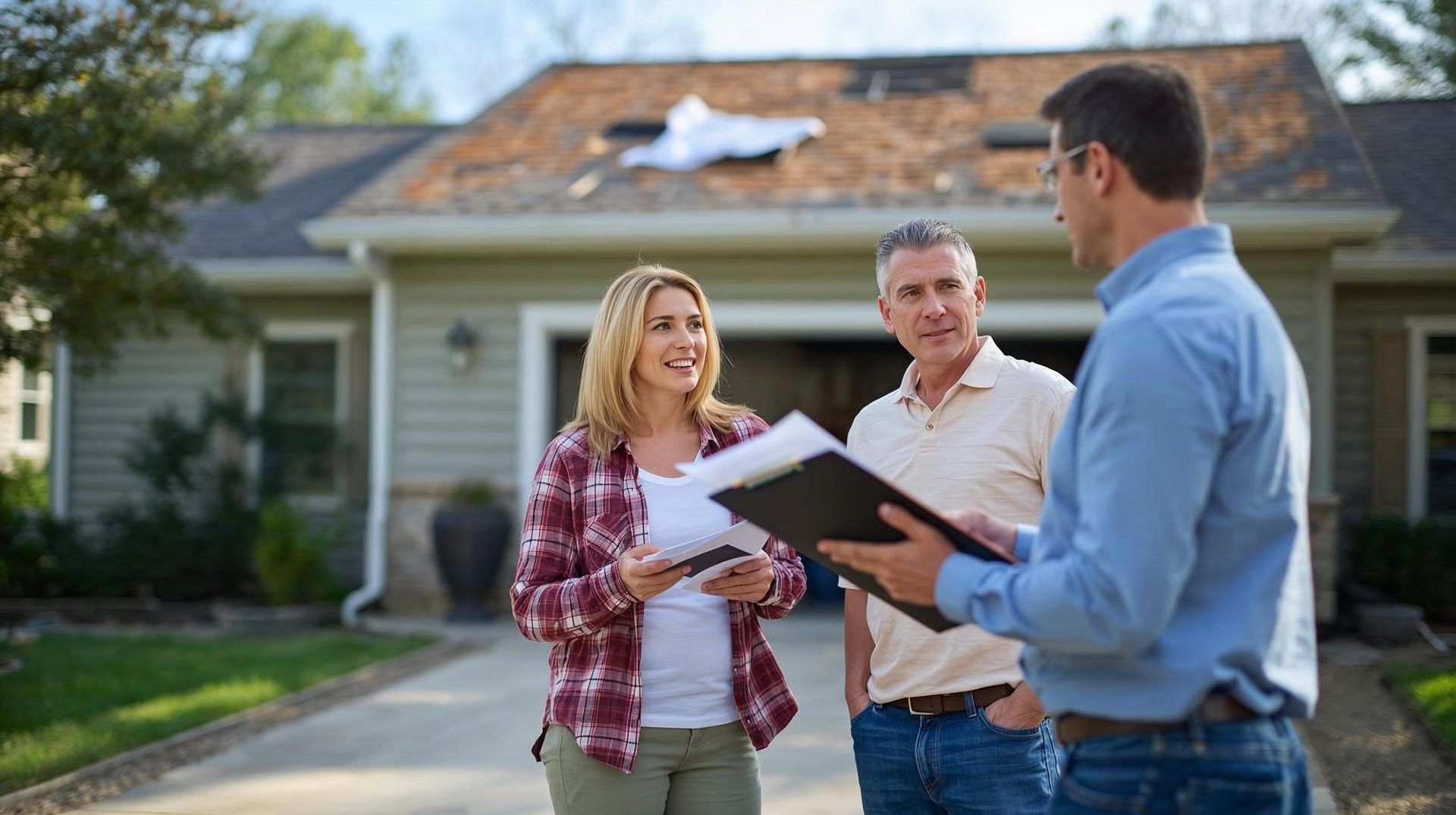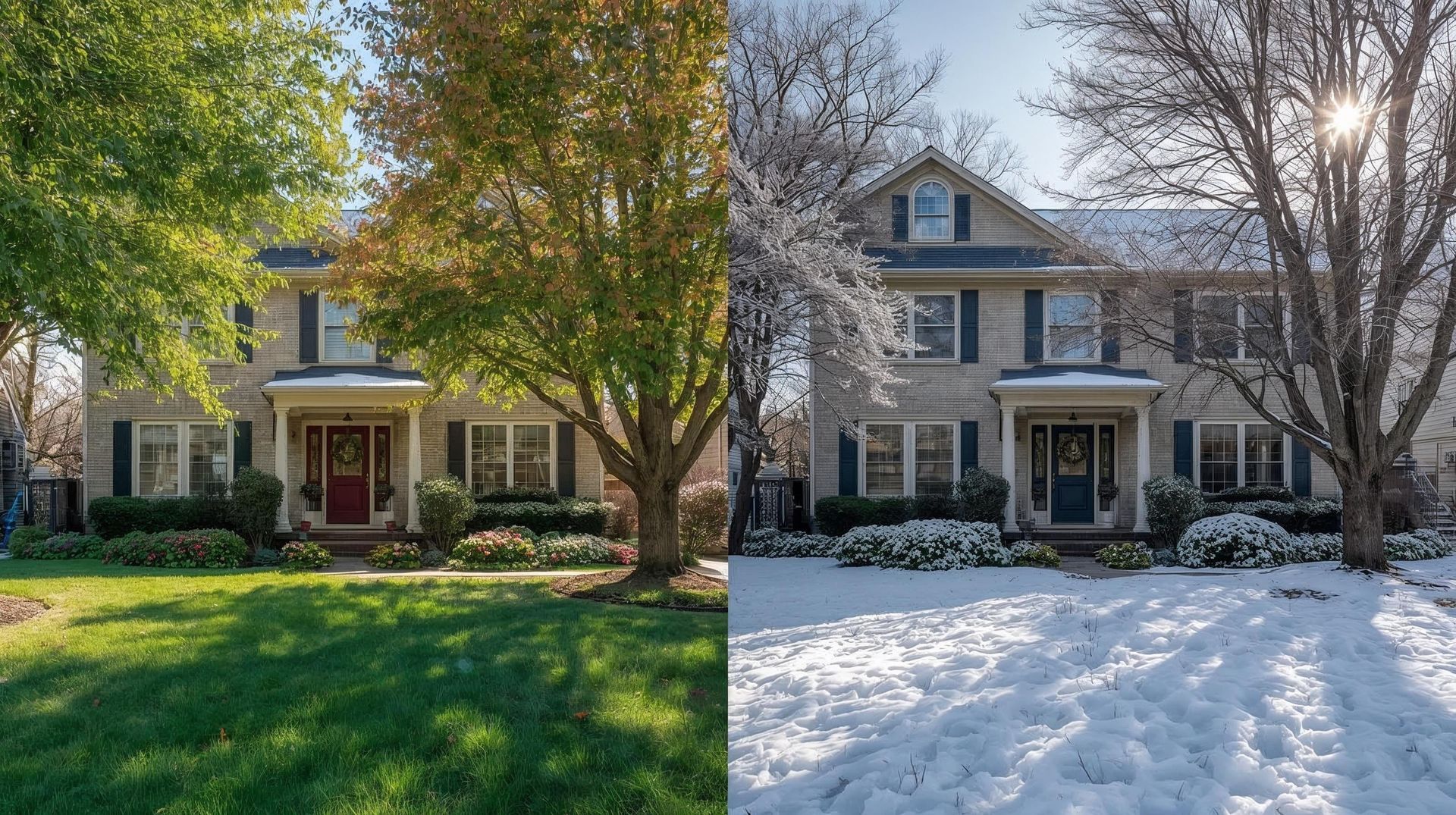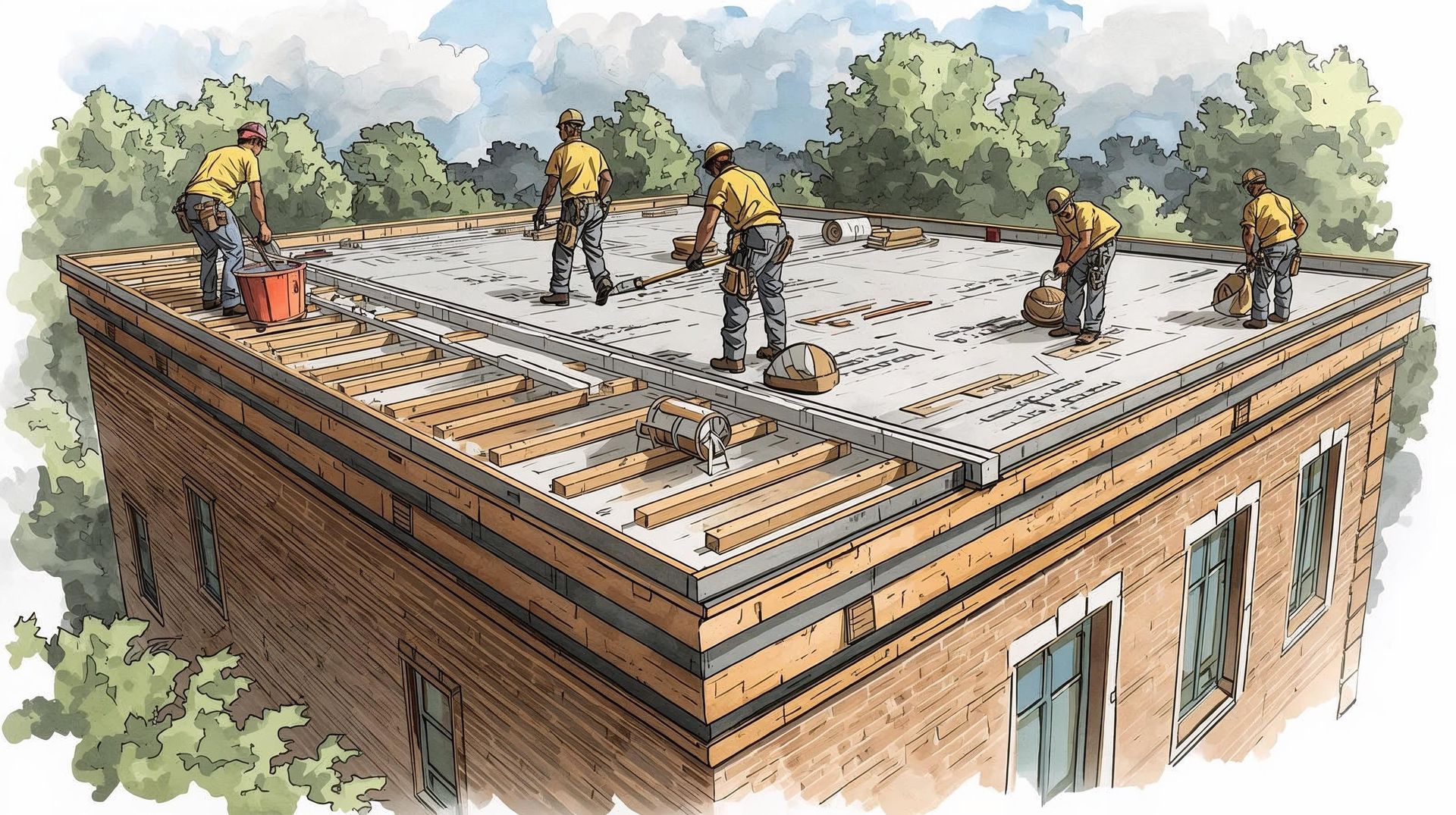How Roof Pitch and Design Affect Roof Replacement Cost
Key Takeaways
- Steeper pitch increases roof surface area and slows installers, raising labor costs and total cost per square foot.
- Complex designs with valleys, skylights, or multiple planes add more materials, flashing, and time, elevating roof replacement costs.
- Asphalt shingles keep the average roof replacement cost lower; metal roofs and slate roofs cost higher due to material and installation costs.
- Region and season matter; roofing companies charge more in high-demand periods and strict-code markets.
Ready to lock a fair rate? Use the Roof Replacement Cost Calculator to model asphalt shingles vs. metal roofs vs. tile in minutes, then request multiple itemized quotes using your saved estimate to negotiate with confidence.
Roof Pitch, Roof Design, and Your 2025 Replacement Cost
Steeper pitch and complex roof design change more than the look of a home they drive roof replacement cost by increasing surface area, safety needs, and crew time.
Simple, walkable gables keep per square foot pricing predictable, while intersecting planes, valleys, and dormers raise labor costs and waste.
Match roofing material to your roof type, verify square footage, and compare itemized bids to keep your replacement cost on target in 2025.
Why Pitch Changes the Roof Replacement Cost
A steep roof increases effective square footage because the surface area grows with rise over run, which drives more materials and more labor per square foot in any roof replacement project.
Installers need safety gear and slower staging on steep roofs, so expect to pay more for roof replacement labor and longer timelines compared with low-slope roofs.
Even the same house footprint can yield different replacement costs due to pitch alone.
Walkability and Safety Multipliers
- Steep pitches require harnesses, tie-offs, toe boards, and sometimes scaffolding, which increases installation costs.
- Roofing contractors move materials more slowly on steep planes, adding crew hours and raising the roof cost.
- Many roofing companies use pitch multipliers in estimates that raise the final replacement cost on high-slope roofs.
Also Read: How to Find a Reputable Roofing Contractor and Avoid Scams
How Design Complexity Raises Roof Replacement Costs
Roof complexity hips, dormers, intersecting gables, skylights, chimneys, and solar arrays, adds cutting, flashing, and staging, increasing labor costs and material waste.
More edges mean more roof flashing and detail work, which raises the cost to replace, even if the roof size stays constant.
Complex layouts also increase the chance of improper installation, so roofing contractors often staff experienced crews, further affecting the total cost.
Common Complexity Drivers
- Multiple valleys and planes increase waste and slow roof installation, adding to the replacement cost.
- Penetrations like skylights and chimneys require custom flashing and extra steps to prevent roof repairs later.
- Access limits (tight lots, tall elevations) increase crew time and can add equipment charges to the roof replacement costs.
Per Square Foot Pricing: Pitch and Design Effects
Per square foot and per square pricing scale with surface area, not floor plan, so steep or complex roofs push higher cost per square foot.
Roofing companies charge more when the job requires more staging and precision, even using the same roofing material. As a result, the actual cost for a steep, complex roof can exceed a simpler roof using premium materials.
Material Choices vs Pitch
- Asphalt shingles remain the most common roofing material and help manage replacement cost on moderate slopes.
- Metal roofing on steep, complex roofs can increase installation costs due to panel handling and seaming, though energy efficiency can offset over time.
- Tile roofs and slate roofs are heavy and intricate; roof structure and labor demands make them a higher cost even on simple designs.
Also Read: The Role of Roof Ventilation: Why It’s Crucial for a Healthy Roof and Home
Roofing Materials: Where Design Meets Budget
Choosing roofing materials that match your roof type matters as much as brand or style.
Architectural shingles balance durability and price for many gable designs, while standing seam metal roof systems suit long runs but cost more to fabricate and install.
Slate tiles and clay tiles are premium materials that look excellent on complex designs but often drive the highest roof replacement costs due to weight and detailing.
Metal Roofs vs Asphalt Shingles
- A metal roof (standing seam) typically costs two to three times more than an asphalt shingle roof in 2025, driven by both material and labor.
- Metal shingles cost less than standing seam but still exceed asphalt shingles; they may fit steep pitches where panel handling is tough.
- Asphalt shingles, especially architectural shingles, are an affordable roofing material for most homeowners seeking a balance of price and lifespan.
Roof Size, Square Footage, and Surface Area
Remember that roof size equals surface area, not just home square footage. Higher pitch increases surface area, so the cost per square foot multiplied by more squares raises the total cost on a steep roof.
Estimating square footage accurately avoids surprise roofing costs and helps compare roofing companies charge structures on a like-for-like basis.
Inspection and Scope Before You Replace a Roof
- Get a roof inspection to evaluate the existing roof, decking, and roof flashing; minor repairs cost a few hundred dollars, but hidden damage can add more materials and labor.
- If missing shingles, soft decking, or widespread leaks are found, a full roof replacement may be safer and more cost effective than roof repairs.
- Ask roofing contractors to separate tear-off, disposal, and installation costs; this clarifies the replacement cost and helps you save money.
How Pitch and Design Affect Timelines and Warranty
Complex or steep roofs often extend timelines; longer job duration increases labor costs and overhead, which impacts total cost.
Many contractor warranty terms depend on proper staging and ventilation; cutting corners on steep or complex roofs can lead to roof repair cost later and void warranties.
Choose roofing companies with proven high quality workmanship on similar roof types.
Practical Ways to Control Costs
- Choose materials aligned to your roof structure: architectural shingles for complex gables, or an affordable metal roofing option for long, simple runs.
- Schedule outside peak seasons and request multiple quotes detailing the cost per square foot to compare your actual cost.
- Confirm ventilation and flashing upgrades up front to avoid future roof repairs and unexpected replacement costs.
Also Read: Asphalt Shingles vs. Architectural Shingles: What's the Difference?
Quick Reference: Material Tendencies on Complex Designs
Complex roofs with intersecting planes, valleys, dormers, and steep pitches reward materials that handle cuts, flashing, and water shedding without driving labor through the roof.
- Asphalt Shingles: most common roofing material; good for many designs; budget‑friendly replacement cost.
- Metal Roofing: durable and energy efficient; higher installation costs on steep, complex roofs.
- Tile Roofs (clay or concrete): heavy and aesthetic; high labor and structural requirements.
- Slate Roof: premium look; the most expensive roofing material to install and repair.
Conclusion
Pitch and design directly shape roof replacement costs by increasing surface area, staging needs, and crew hours, so a steep, complex roof will almost always carry a higher cost to replace than a simple, walkable gable.
Match roofing material to roof type, verify square footage and scope, and compare per square foot bids that include flashings, ventilation, and disposal.
With the right plan and roofing contractor, a new roof can balance performance, energy efficiency, and budget without surprise overruns.
Open the Roof Replacement Cost Calculator, enter roof size, pitch, and roofing material, then export a per‑square‑foot breakdown to request itemized quotes from local pros.
How much do roof replacement costs vary by pitch and design?
Steeper pitches and complex designs increase surface area, slow crews, and require extra safety gear, so expect higher labor costs and more waste. Simple, walkable gables keep per square foot pricing lower than roofs with valleys, hips, and dormers.
What roofing material keeps the replacement cost lowest?
Asphalt shingles are typically the most affordable roofing material for a new roof, offering predictable installation and wide availability. Architectural shingles cost a bit more than basic 3‑tab but improve durability and curb appeal. For tight budgets, they balance upfront price and lifespan better than premium systems.
When is a full roof replacement better than roof repairs?
If leaks are widespread, decking is soft, or missing shingles recur after storms, repeated roof repairs may approach the replacement cost. Multiple layers on the existing roof or aging flashing also point toward full roof replacement. A thorough roof inspection helps confirm whether repairs cost more long term than starting fresh.
Do metal roofs always cost more than shingles?
A metal roof usually has a higher upfront price per square foot than asphalt shingles due to material and labor, especially on steep or intricate layouts. Over time, metal roofing can return value through longevity and energy efficiency. On simpler designs, installation is faster, narrowing the gap versus shingles.
What should homeowners include in quotes to control the total cost?
Ask roofing contractors for itemized bids covering tear‑off, underlayment, ventilation, roof flashing, disposal, and warranties. Provide accurate roof size and square footage, and note any skylights, chimneys, or solar mounts that affect labor. Comparing like‑for‑like scopes across multiple quotes helps you save money without sacrificing quality workmanship.
